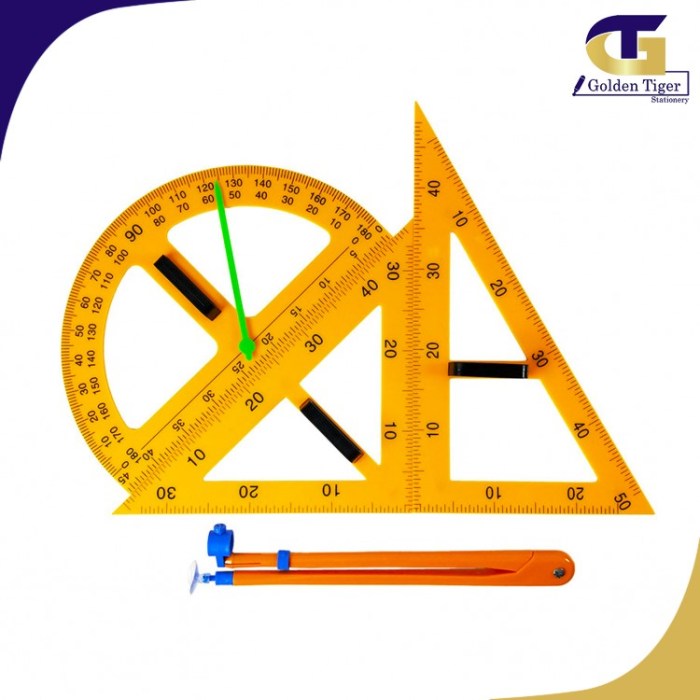Teaching aids that illustrate everyday life play a pivotal role in education, providing students with tangible and relatable representations of real-world experiences. These aids not only enhance understanding but also foster critical thinking, problem-solving skills, and a deeper appreciation for the world around us.
By incorporating these aids into lesson plans, educators can create engaging and immersive learning environments that bridge the gap between abstract concepts and practical applications.
Teaching Aids That Depict Real-Life Situations
Teaching aids play a crucial role in illustrating everyday life scenarios in educational settings. They provide students with tangible and engaging representations of real-world experiences, fostering a deeper understanding of the world around them.
Examples of teaching aids that accurately represent real-life experiences include:
- Role-playing simulations
- Case studies
- Interactive scenarios
- Experiential learning activities
The benefits of using such teaching aids include:
- Enhanced comprehension and retention
- Improved critical thinking skills
- Increased motivation and engagement
- Preparation for real-world situations
Types of Teaching Aids for Illustrating Everyday Life
| Type of Teaching Aid | Description | Examples | Benefits |
|---|---|---|---|
| Role-Playing Simulations | Interactive activities where students assume different roles and engage in realistic scenarios | Mock interviews, customer service simulations, conflict resolution exercises | Enhance communication skills, empathy, and problem-solving abilities |
| Case Studies | Detailed accounts of real-world situations that provide students with an in-depth understanding of specific issues or events | Historical events, business case studies, medical case studies | Develop critical thinking, analytical skills, and decision-making abilities |
| Interactive Scenarios | Computer-based or physical simulations that allow students to explore and interact with real-world situations | Virtual field trips, simulations of social interactions, online role-playing games | Provide hands-on experience, foster engagement, and encourage exploration |
| Experiential Learning Activities | Activities that allow students to learn through direct involvement in real-world experiences | Internships, community service projects, field trips | Develop practical skills, foster collaboration, and provide a deeper understanding of real-world contexts |
Design Considerations for Effective Teaching Aids
The design of teaching aids that effectively illustrate everyday life should consider the following principles:
- Visual Appeal:Use vibrant colors, clear graphics, and visually engaging elements to capture students’ attention.
- Interactivity:Allow students to interact with the teaching aid, such as through role-playing, simulations, or hands-on activities.
- Accessibility:Ensure that the teaching aid is accessible to all students, regardless of their learning styles or abilities.
- Alignment with Learning Objectives:Design the teaching aid to align with the specific learning objectives of the lesson or unit.
- Usability:Make the teaching aid easy to use and understand for both students and educators.
Case Studies and Examples of Successful Implementations: Teaching Aids That Illustrate Everyday Life

Numerous schools and organizations have successfully implemented teaching aids to illustrate everyday life. One example is the use of role-playing simulations in a high school history class.
Students were assigned roles in a mock trial, allowing them to experience firsthand the complexities of a legal case. This immersive experience enhanced their understanding of historical events and legal procedures.
Another example is the use of interactive scenarios in a science classroom. Students used virtual field trips to explore different ecosystems, allowing them to observe and analyze the interactions between living organisms.
Integration of Teaching Aids into Lesson Plans

Teaching aids that illustrate everyday life can be effectively integrated into lesson plans by:
- Selecting aids that align with the learning objectives and curriculum standards.
- Planning how the aids will be used in the lesson and how they will contribute to student learning.
- Providing clear instructions to students on how to use the aids effectively.
- Assessing student understanding and progress throughout the lesson.
Emerging Trends and Innovations in Teaching Aids
Emerging trends in teaching aids include the use of technology, virtual reality, and other interactive elements.
Virtual reality simulations, for example, allow students to experience real-world situations in a safe and controlled environment. This can be particularly beneficial for teaching complex or dangerous procedures.
Other innovations include the use of augmented reality and artificial intelligence to create immersive and personalized learning experiences.
Essential FAQs
How do teaching aids that illustrate everyday life differ from traditional teaching methods?
Teaching aids that illustrate everyday life go beyond abstract explanations and provide students with concrete and relatable representations of real-world experiences. This hands-on approach enhances understanding, fosters critical thinking, and makes learning more engaging.
What are the key benefits of using teaching aids that illustrate everyday life?
These aids enhance student engagement, improve comprehension, develop problem-solving skills, foster creativity, and promote a deeper appreciation for the world around us.
How can I effectively integrate teaching aids that illustrate everyday life into my lesson plans?
Carefully select aids that align with learning objectives and curriculum standards. Consider the age and developmental level of your students, and ensure the aids are accessible and inclusive. Provide clear instructions and encourage students to interact with the aids actively.